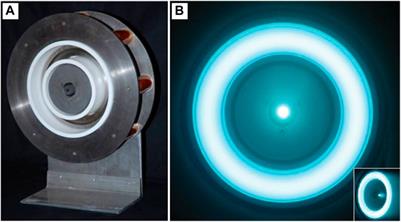METHODS
Published on 27 Nov 2023
Modeling the influence of an electric thruster’s ion beam on its global EMC

doi 10.3389/frspt.2023.1287474
- 714 views
569
Total downloads
4,237
Total views and downloads
You will be redirected to our submission process.
METHODS
Published on 27 Nov 2023

METHODS
Published on 27 Jul 2023

